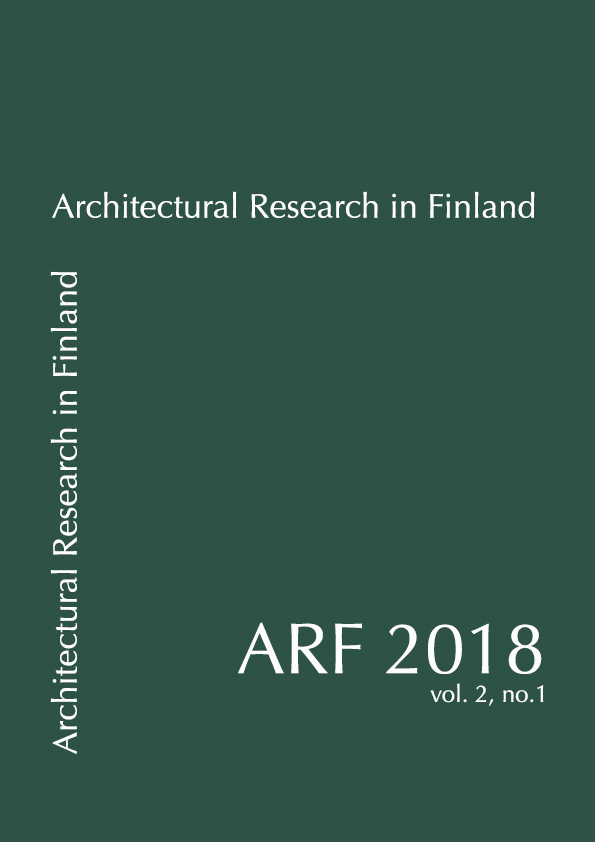Equality Quality
Architectural Planning for Underprivileged Groups
Avainsanat:
humane architecture, impact, locality, participation, developing countriesAbstrakti
A successful architectural project will eventually encourage countless people to work for change. Hollmén Reuter Sandman Architects and Ukumbi NGO strives to use architecture as a tool to improve the living conditions of underprivileged communities. The impacts of a successful building project in a low-resource setting can be seen as twofold, consisting of on-site and off-site effects. The architect’s ability to combine his or her expertise and experience with that of the locals is an important aspect for the success of the project. To employ local building traditions in the poorest countries of the world is not just a matter a justice, it is also a way to find different paths to our own future. It is usually not very difficult to introduce a new technology or new building developments; the challenging part is getting the new ideas to survive and take root in the long term.




